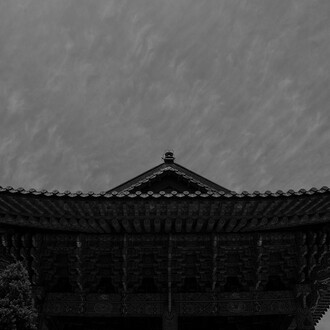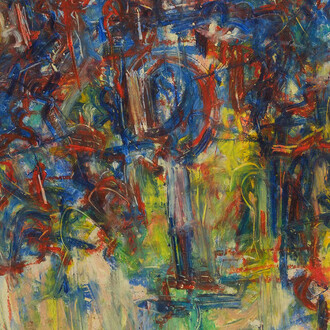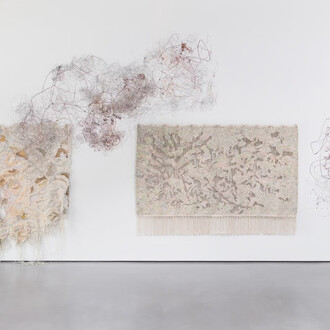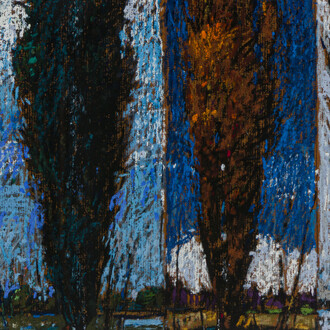Miguel Abreu Gallery is pleased to announce the opening, on Friday, May 9th, of Ones, chapter 0.2, R. H. Quaytman’s third solo exhibition at the gallery. The show will be held at our 88 Eldridge Street location.
Ones—
Across 36 chapters spanning 22 years, Quaytman endeavored to shift the habitual treatment of a painting as radically self-sufficient, isolated, and decoupled from its neighbors. With Ones, she reconcentrates attention on the individual painting and the act of painting itself. Ones is a beginning again, following directly from the finality of Modern subjects, chapter zero, and the publication of Book, an artist-designed catalogue raisonné compiling chapters 21–35. With a renewed focus on painting, Ones is a starting from and staying with the elementary, the question of initial gestures and the germinal emergence of figure and form, and the way that each new painting carries the capacity to entirely change how we look, as though learning to see again. Painting without a destination in mind—without a particular site or history to build from—Quaytman returns to the foundation of her method: geometrically-related plywood panels with beveled edges, carefully gessoed surfaces, and optical patters. Ultimately, Ones is not a turning away from the previous chapters’ emphasis on proliferating groups in favor of the discrete and separate, but a decision to work from the minimum outward—from the one to the many. For this, she’s added a new, smallest size panel, paintings which function like the outcome of a single mark made by whichever tool the artist has chosen.
Looking to find—
Painting before there is any preconceived image, Ones draws out an important dynamic between optics and making in Quaytman’s work: the procedure of looking to find. In previous exhibitions, this mode of looking took on an investigative quality as she derived images and figures in relation to the site-specific subject of a given chapter—as though a subject in search of its images. With Ones, Quaytman has foregone any preliminary subject, opting instead to stage the phenomenon of looking and its capacity to generate visual content via forms emergent in the gradual build-up of paint. The figures arrived at, however obscurely, concern a fundamental problem in the conceptual deciphering of any image: recognition. Described by the Romanian art historian Robert Klein, this crux of visual legibility is “the point at which the effort to decipher reaches into the famous hermeneutic circle: one must have understood to understand.” This is a paradox that Quaytman makes central to Ones: in the cyclical triangulation of painting, looking, and knowing, what’s discovered in images is precisely that which one has already known. And so the politics of memory and image circulation in relation to value formation—visual currencies both cultural and personal—enter into the critical scope of the show.
Error—
With recognition comes misrecognition, mistaken apprehensions, and even aborted images that fail to appear. Errancy becomes an opening for the unexpected rupture of Klein’s “famous hermeneutic circle.” An image, if only momentarily, moves beyond the bounds of interpretation. It’s a kind of poetic error, a zone of creative unknowing as when Rimbaud—a source for Voyelle, chapter 26—calls for the “derangement of the senses.” As much as the process of looking to find ostensibly proceeds toward clarifying the image, Quaytman deploys strategies that resist the image with the production of visual friction, most notably with her use of optical screens. These techniques scatter the gaze, giving privilege to slippage, the accidental, and the misperceived—in a word, all that is native to the edge or the margin. Error works as a force of disruption refusing a painting’s tendency to resolve itself in an image’s stable intelligibility. Instead, Quaytman strives for an unsettled compatibility between painting and the image—attracting and repelling each other at once—so that certain legibility always escapes.
Book, the second volume of Quaytman’s catalogue raisonné and artist book, published by Glenstone and covering Chapters 21 though 35, will be released on June 10th with a launch event at the gallery.














